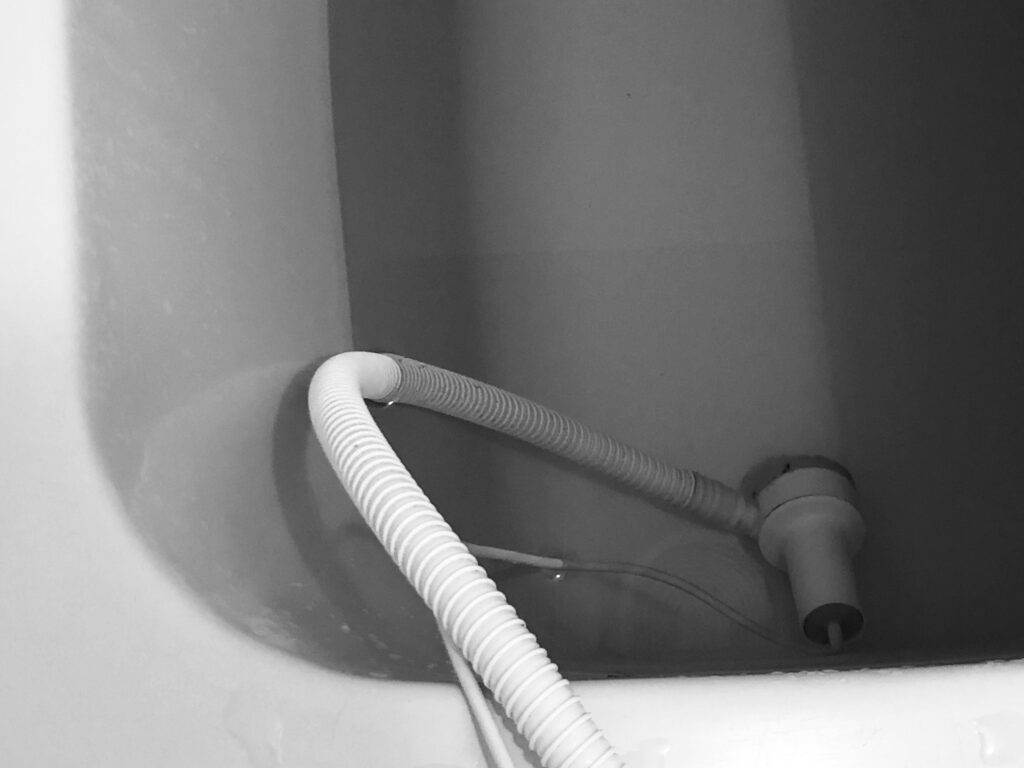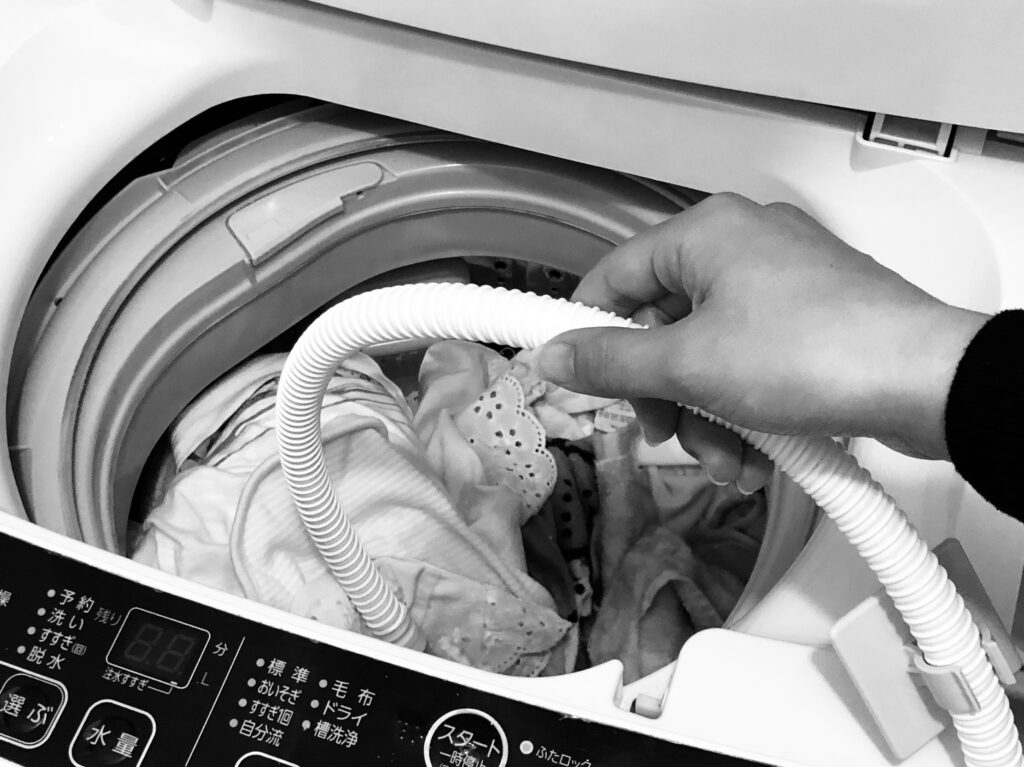I have vivid memories of my grandmother washing clothes in the sea during our long school holidays that we spend at her summer cottage. It was in the north of Sweden, and the sea water was still beautifully clean although she was very vocal about the industries polluting the sea – that was forty years ago. I sometimes wonder what she would have said about today’s world and climate awareness. She was well before her time as well as a child of it – taking care of resources was important to her, and saving water the way it was done long ago before water was taken for granted, was something that lived strongly in her. How I wish I could share my life in Japan with my grandmother. She would have loved to learn about it, to hear about all the amazing things I am experiencing here.
My grandmother was very curious, and I would so like to talk to here about washing clothes the way it is often still done in Japan. The art of bathing is something I would say have been perfected here. Bathing is an important part of life with the hot springs, onsen, being the crown jewel of bodily care. At the same time Japan is a small country with a lot of people, and the natural springs aside, water is a valuable commodity. So what did or do people still do to enjoy the experience of daily baths and at the same time be sensible of the use of water? For one, share the bathing water.
It goes something like this – clean your body and enjoy the bathtub, then put on a lid and let the next person use the same bath water a while later. There are even bathtubs circulating the water, reheating it and keeping the temperature constant. But while in Sweden we would most likely flush out the water after taking a bath, in Japan it is common to not only share the bath water but also to use the water in the bathtub for washing clothes as well. The other day my wife had the possibility to show me how it is done.

A pump is put in the bath water and a tiny hose is then transporting the water from the tub to the washing machine. Of course this means that having a water hungry top loaded washing machine is crucial. Furthermore, I also imagine that the need for hot water is maybe not only a question of money and energy saving but also of need – if warm bath water is used, the machine does not need to heat water. However that would implicate that washing is done at night (which I believe rarely is the case) or bathing is done in the morning (which I also doubt is very common) so while I am still quite upset about the cold water washing culture here (which I ranted about almost one year ago, catch up on the old blogpost here), I have a newfound soft spot for the Japanese way of thinking when it comes to washing cloths (although I still dream of having a proper standard Swedish washing machine).
I believe my grandmother would have enjoyed hearing about this way of washing clothes. Or maybe she already knew about it? Maybe she also used the bath water many many years ago. How I wish I could talk to her again.
By the way, toilet water is also used in different ways here, but that is a story for another time.
Share this post

